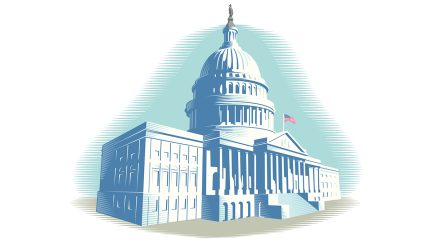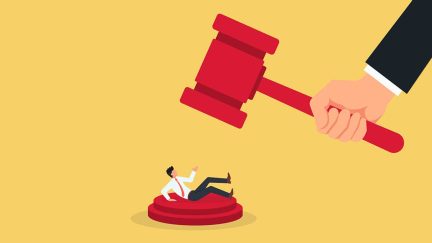Never miss a story — sign up for PLANADVISER newsletters to keep up on the latest retirement plan adviser news.
Study Suggests Multiple Provider Model Best for K-12 403(b) Plan Participants
The research found 25% greater participation in plans with 15 or more investment providers compared to plans with only one provider, and account balances are, on average, 73% higher among plans with 15 or more providers compared to single provider arrangements.
A decrease in investment choice and reduced access to advisers leads to lower retirement plan participation by employees in public education 403(b) plans, according to research published by the National Tax-Deferred Savings Association (NTSA).
K-12 403(b) plans often have individual annuity contracts, thousands of investment options and hundreds of providers in which individual participants have directed their deferrals and savings into providers they picked, often after a representative visited the workplace. Some feel that this model—and having these advisers sit down with participants individually—is an advantage for participants. Still others believe K-12 school systems should pare down to one or a few providers to simplify plan administration and compliance with IRS regulations and to offer participants better, lower-cost investment options and less confusion.
The research, based on data from nearly 4,500 school districts across the United States, found 25% greater participation in plans with 15 or more investment providers compared to plans with only one provider, and single provider arrangements have the lowest participation rate; 8% below the national average. In addition, according to the research, account balances are, on average, 73% higher among plans with 15 or more providers compared to single provider arrangements, and there is a 203% increase in average contribution rates among plans providing access to 15 or more providers compared to plans with only one provider.
“The research revealed that the number one factor driving participation and savings rates in school districts is participant choice,” says Jason J. Fichtner, Ph.D., a Senior Lecturer of International Economics at Johns Hopkins University’s Paul H. Nitze School of Advanced International Studies and author of “Improving Retirement Savings for America’s Public Educators,” a white paper detailing the research results.
Overall, the research finds that public employees who have access to retirement educational resources at the workplace and the assistance of financial professionals are saving earlier and contributing more to their 403(b) plans, and have greater confidence in being able to achieve their retirement goals.
“The range of participation rates in America’s public school districts is dramatic, suggesting that the choices that each school district makes available to employees and the resources that they provide to help employees understand the benefits of participation are key differences in driving participation rates,” says Brent Neese, executive director of NTSA.
There’s been a tug of war, of sorts, over the best design for K-12 school district 403(b) plans, but some say they should strike a balance between old and new.You Might Also Like:

403(b) Plans Have Special Considerations When Complying with SECURE 2.0

House and Senate Reintroduce Bills to Permit CITs in 403(b) Plans
